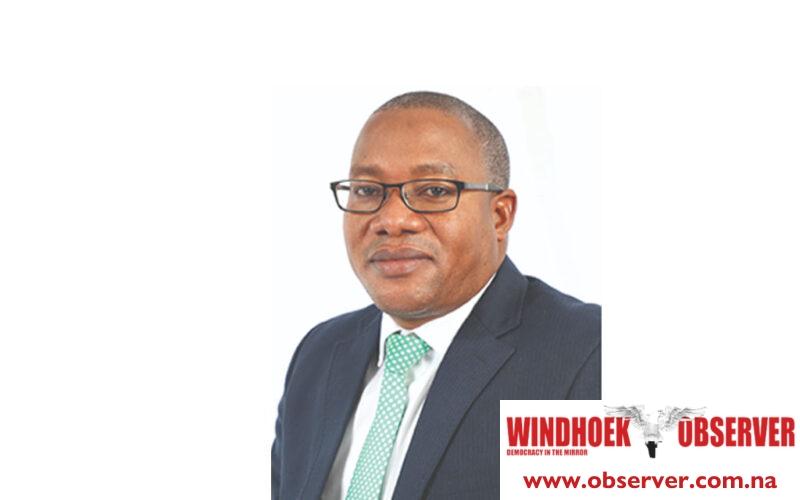Hertta-Maria Amutenja
The Ministry of Health and Social Services has acknowledged a significant impediment in public health service delivery, stemming from the operation of only a fraction of the allocated 215 ambulances.
This has detrimentally affected services, especially in emergencies.
Ben Nangombe, the Executive Director of the Ministry, described the situation’s severity, comparing the lack of ambulances to a critical resource deficit in the public health sector.
He said that this shortage directly hinders service provision, resulting in essential services being unattended during emergencies.
Nangombe pointed out instances where timely ambulance responses were compromised due to multiple simultaneous emergencies.
Current data indicates that the ministry relies on just 96 functional ambulances nationwide.
Out of the original allocation, 44 ambulances are now inoperable, and 75 are either temporarily out of service or under repair.
Breaking down the available resources, 15 of the operational ambulances are based at referral and intermediate hospitals, while 82 serve district hospitals.
This challenge isn’t merely anecdotal. A recent assessment by the National Council Standing Committee on Health, Social Welfare, and Labor Affairs in the Zambezi region revealed the exorbitant costs of hiring private ambulances, with prices soaring to N$90,000.
In light of these challenges, Nangombe disclosed plans by the ministry to reclassify ambulances from mere vehicles to essential medical equipment.
Additionally, there are plans to procure 30 new ambulances and additional medical tools for 18 health facilities, signalling the ministry’s commitment to address the pressing ambulance deficit and bolster the nation’s public health service delivery.




